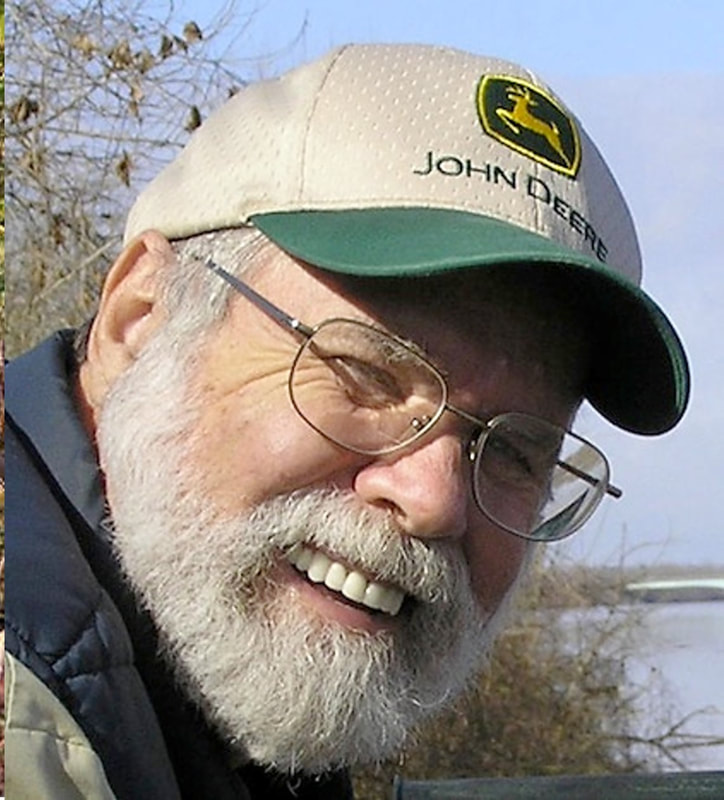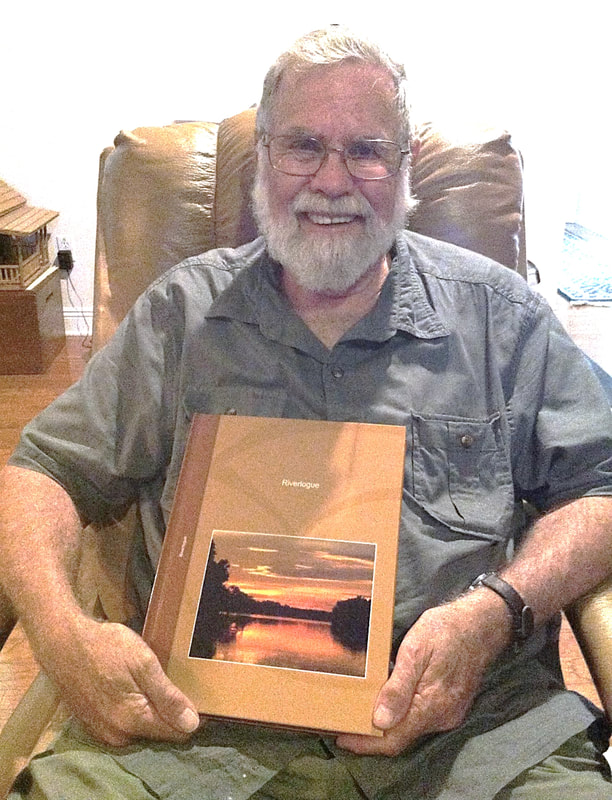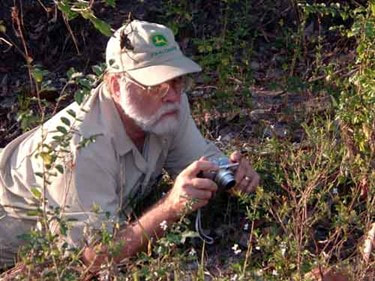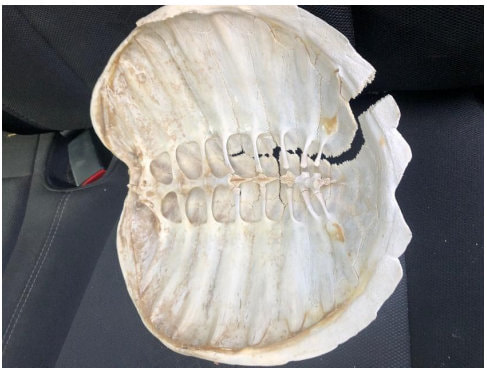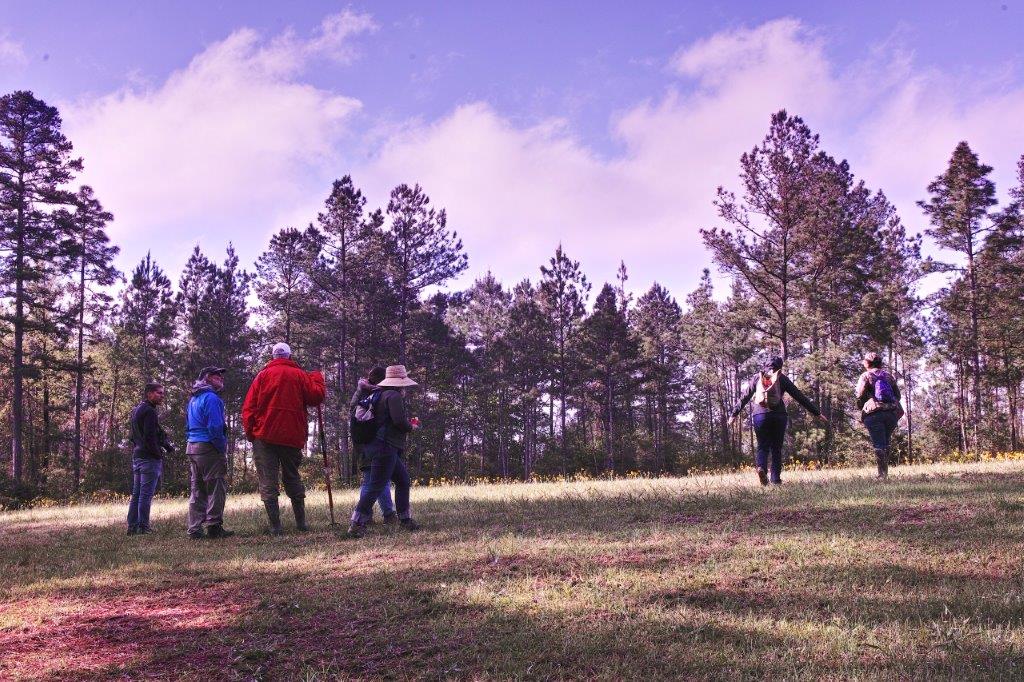SCIENTIFIC PUBLICATIONS Delahoussaye's Scientific Publications include the following:
JIM AS ZOOARCHAEOLOGIST: EXPLORING, COLLECTING, ANALYZING |
LMNA News BlogWelcome to the Louisiana Master Naturalist Association News Blog. Archives
April 2024
Categories |
Search by typing & pressing enter
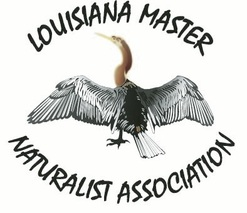
 RSS Feed
RSS Feed
